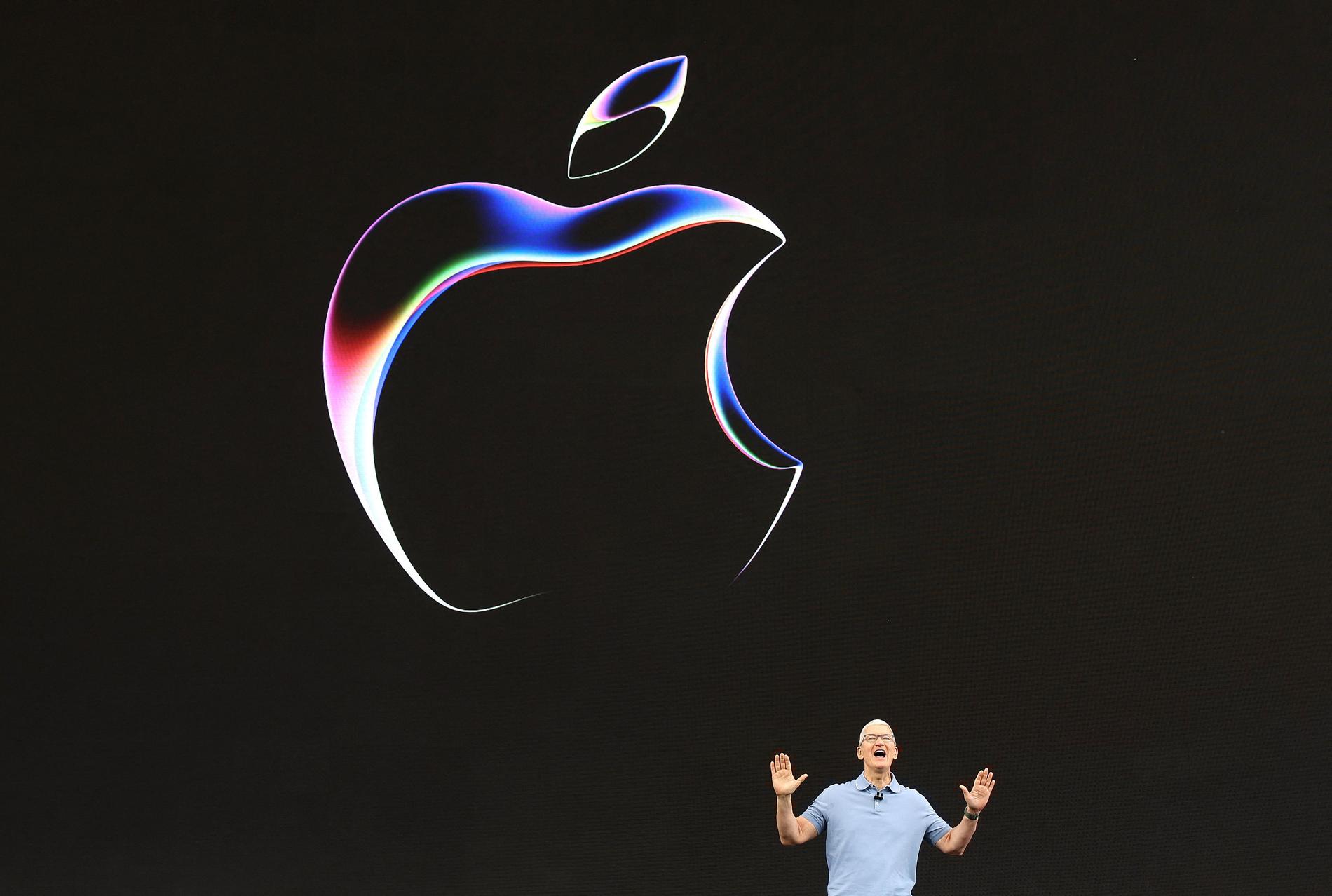#Nvidia #GeForce #RTX #change #memory #interface
TECH NEWS – GB200 GPUs can have a maximum 384-bit memory bus just like the AD100s we see in GeForce RTX 4000 video cards.
A Twitter user named Kopite7kimi wrote about this, so the Blackwell architecture may follow the same architecture as the Ada Lovelace. As a reminder: AD102 (384-bit), AD103 (256-bit), AD104 (192-bit), AD106 (128-bit), AD107 (128-bit). The lower the last digit, the more powerful the chip is, and in the past it used to end in 0, so Nvidia can hold back their most powerful hardware from us. The AD107 chip (which in laptops can be the RTX 4050, of which there is no desktop version) can even come with a 96-bit bus, but Nvidia only uses it in laptops.
The RTX 4090 and RTX 6000 Ada for professional users are the current top models with a 384-bit interface and 24/48 GB of VRAM. Seeing the first generation GDDR7 circuits, Nvidia will certainly not change the memory configuration. If the company uses the standard 16 gigabit (ie 2 gigabyte) circuits, the GB202 384-bit, 32 Gbps, max. It can have 24 GB VRAM, 1536 GB/s maximum bandwidth specifications, then comes the GB203 (256-bit, 32 Gbps, max. 16 GB VRAM, 1024 GB/s), the GB204 (192-bit, 32 Gbps, max. 12 GB VRAM, 768.0 GB/s), the GB206 (128-bit, 32 Gbps, max. 8 GB VRAM, 512.0 GB/s) and the GB207 (128-bit, 32 Gbps, max. 8 GB VRAM, 512.0 GB/s s).
Even Nvidia can modify this in several ways: it can use a lower memory clock signal than the entry-level models, and it can also use a double-sided DRAM circuit. We’ve already seen this in the RTX 4060 Ti, which has 16GB of VRAM. If there is still a maximum of 24 GB of VRAM, then this would be the third generation where this is the limit, because it was already that much on the RTX 3090. AMD’s video cards have much more VRAM, and since 8 gigabytes are becoming scarce even for 1080p games these days, Nvidia needs to step up.
According to previous rumors, the RTX 5000 cards will be created using TSMC’s 3-nanometer manufacturing process and will have a cooling system similar to the current FE Founders Edition with DisplayPort 2.1 support. Their release may be due towards the end of the year, so almost a year after the RTX 4000 Super cards.
Source: WCCFTech
Although I still have fantasies about 512 bit, the memory interface configuration of GB20x is not much different from that of AD10x.
— kopite7kimi (@kopite7kimi) March 9, 2024












